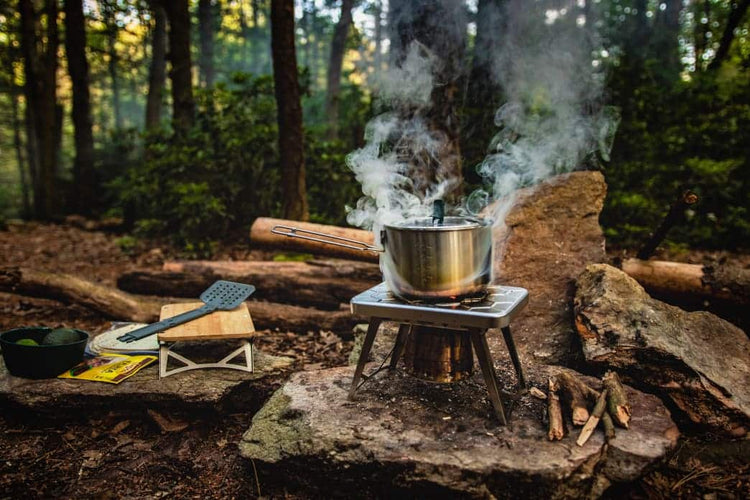When it comes to outdoor adventures, one of the essential pieces of equipment is a reliable wood-burning stove. Whether you're camping in the mountains or enjoying a weekend getaway in the woods, understanding how to effectively and safely use your wood-burning stove can make all the difference.
Why Choose a Wood-Burning Stove?
Using a wood-burning stove for camping offers several advantages:
- Fuel Availability: Wood is often readily available in most camping environments, eliminating the need to carry additional fuel.
- Eco-Friendly: Wood stoves produce fewer emissions compared to propane or butane stoves, making them an environmentally friendly choice.
- Versatility: These stoves can be used for cooking, boiling water, and providing heat, which are all crucial while camping.
Steps to Use a Wood-Burning Stove Outside
1. Selecting the Right Spot
Choose a level ground that is free from dry leaves, grass, and other flammable materials. Ensure the spot is at least 15 feet away from tents or any other structures.
2. Gathering Fuel
Collect small twigs, branches, and logs. The wood should be dry to ensure efficient burning. Additionally, having some kindling and tinder will help get the fire started more easily.
3. Preparing the Stove
Place the wood-burning stove on stable ground. Open all vents and doors to ensure proper airflow, which is critical for maintaining a steady fire.
4. Starting the Fire
Use tinder such as dry leaves or paper to start the initial flame. Gradually add kindling and then larger sticks and logs once the fire is established.
5. Maintaining the Fire
Regularly add wood to keep the fire going. Adjusting the vents can control the intensity of the flame. Always keep an eye on the fire, never leaving it unattended.
6. Cooking Safely
Place pots and pans securely on the stove. Use appropriate cooking utensils and be cautious of open flames.
7. Extinguishing the Fire
Once you’re done using the stove, allow the fire to burn out naturally if time permits. Douse the remaining embers with water and stir the ashes to ensure everything is extinguished. Scatter the cold ashes over a wide area.
Frequently Asked Questions (FAQ)
Q: What type of wood is best for a wood-burning stove?
A: Hardwood such as oak, hickory, or maple burns longer and hotter compared to softwoods like pine or spruce. However, any dry wood will work.
Q: Can I use my wood-burning stove during a fire ban?
A: Check local regulations and fire bans in your area. In many regions, using a wood-burning stove may still be permitted during partial fire bans, but always verify to stay safe and legal.
Q: Is there a risk of carbon monoxide poisoning?
A: There is a low risk of carbon monoxide build-up when using a wood-burning stove outdoors due to the open-air environment. However, it's vital to maintain good ventilation.
Q: How do I clean my wood-burning stove?
A: Clean out ash and soot regularly. Scrape off any built-up residue and wash removable parts with warm, soapy water. Ensure everything is completely dry before reassembling.
Using a wood-burning stove outdoors can significantly enhance your camping experience. By following these guidelines and tips, you’ll be well-prepared to use your stove safely and efficiently.
Make sure to always respect nature and follow local park guidelines to ensure a safe and enjoyable outdoor adventure.

